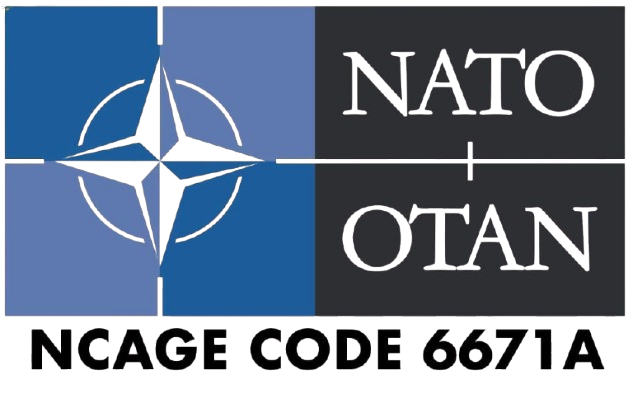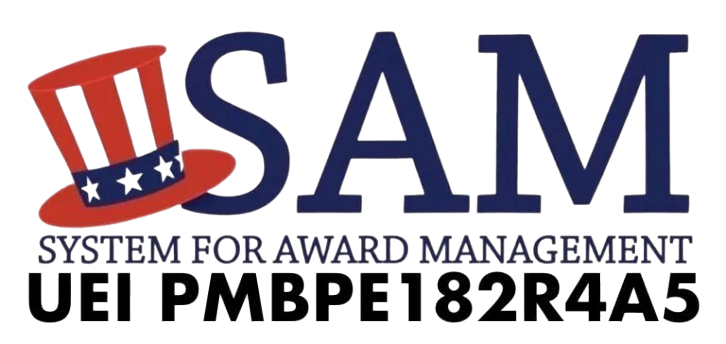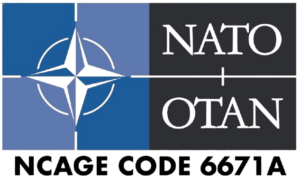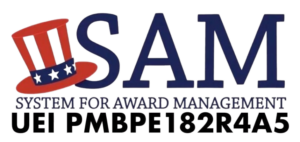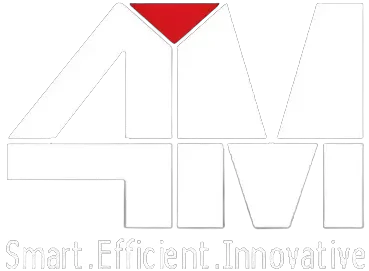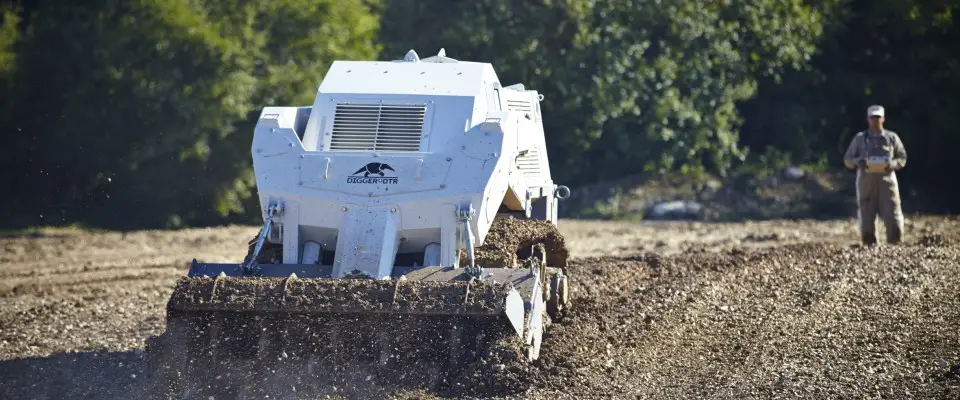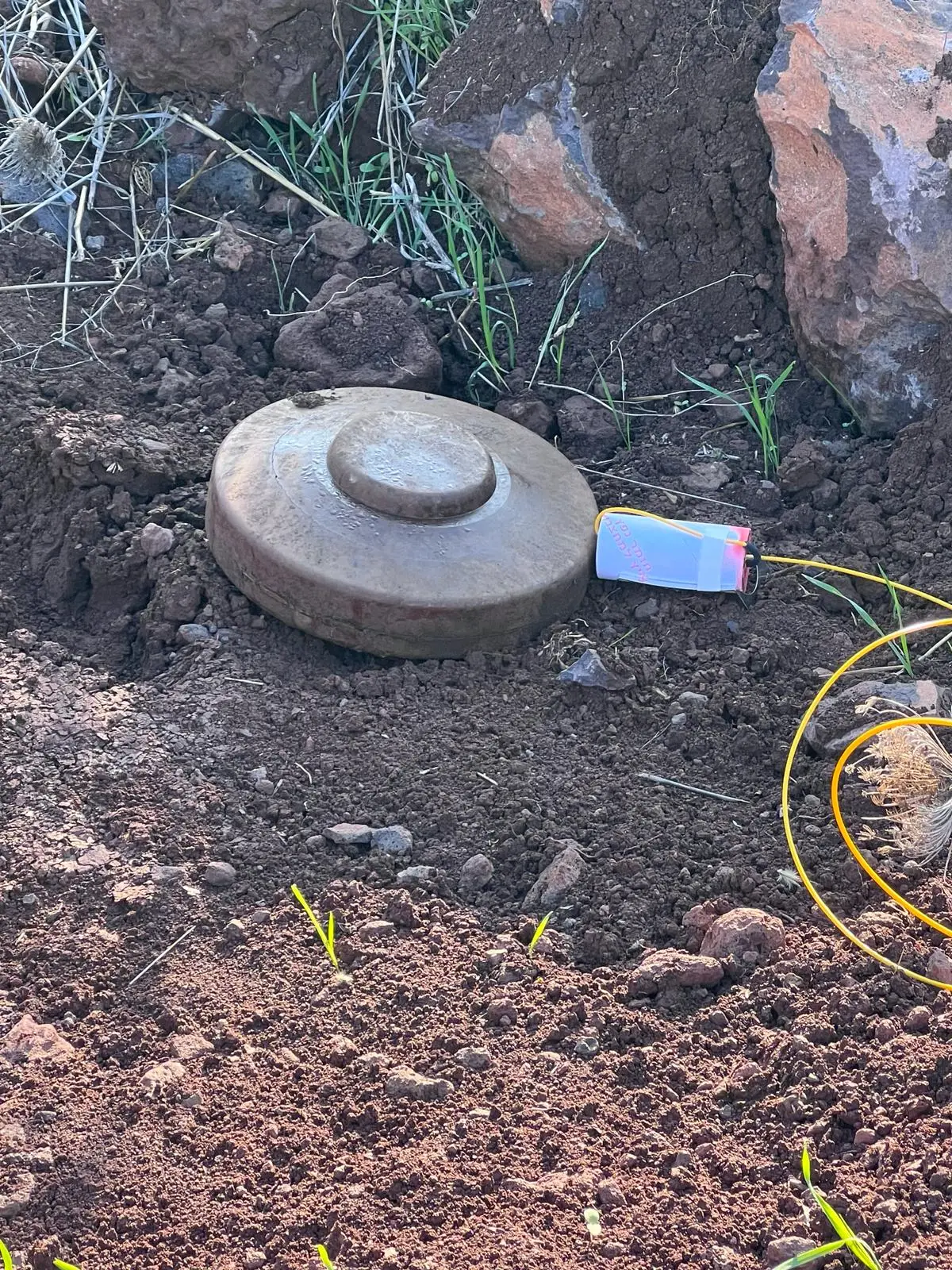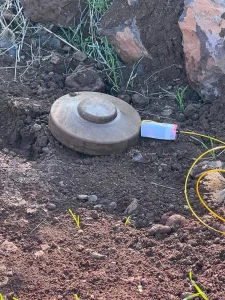Ensuring the safety and security of communities affected by landmines and explosive remnants of war (ERW) is paramount. For any project venturing into areas contaminated by these deadly threats, adhering to stringent Mine Clearance Requirements is not just a matter of best practice – it’s a fundamental necessity. At 4M Defense, with our deep understanding rooted in the extensive active military experience of our management team in landmine clearance and EOD, we recognize the critical importance of these standards. We provide our clients with tailor-made solutions, innovatively combining technology and active deployments to meet and exceed these vital requirements.
This blog post will delve into the top Mine Clearance Requirements that every project operating in mine-affected areas must meticulously meet. Ignoring these can lead to devastating consequences, underscoring the need for expertise and unwavering commitment to safety.
1. Comprehensive Landmine Survey and Assessment
Before any physical clearance activities commence, a thorough and detailed landmine survey and assessment are indispensable. This initial phase is crucial for understanding the extent and nature of the contamination. Key aspects include:
- Non-Technical Survey: Gathering information from local communities, historical records, and visual reconnaissance to identify potential hazard areas. This helps define the scope of the problem.
- Technical Survey: Employing specialized equipment and trained personnel to precisely locate and map the boundaries of minefields and areas contaminated by ERW. This involves using techniques like magnetic detection and ground-penetrating radar.
- Risk Assessment: Evaluating the potential impact of the contamination on the local population and project activities. This includes analyzing factors like population density, land use, and the types of explosive threats present.
This initial assessment provides the foundation for all subsequent clearance activities, ensuring that resources are deployed effectively and efficiently.
2. Adherence to International Mine Action Standards (IMAS)
The תקנים בינלאומיים לפעולת מוקשים provide a comprehensive framework for safe and effective mine action operations. Developed by the United Nations, these standards are globally recognized and represent the consensus of best practices in the sector. Key aspects of IMAS that every project must adhere to include:
- Operational Procedures: Establishing clear and detailed standard operating procedures (SOPs) for all clearance tasks, ensuring consistency and safety. You can find detailed information on these procedures at IMAS Standards.
- Safety Regulations: Implementing stringent safety protocols to protect demining personnel and the surrounding communities. This includes the use of appropriate Personal Protective Equipment (PPE) and adherence to safe working distances.
- Quality Management: Establishing robust quality assurance and quality control (QA/QC) mechanisms to ensure the effectiveness and thoroughness of clearance operations.
At 4M Defense, we are committed to upholding the highest IMAS standards in all our operations, ensuring the safety and effectiveness of our Mine Clearance Requirements.
3. Utilization of Qualified and Accredited Personnel
Mine clearance is a highly specialized and dangerous undertaking that demands the expertise of properly trained and accredited personnel. This includes:
- Deminers: Individuals trained in the safe detection, excavation, and neutralization of landmines and ERW. They must undergo rigorous training and certification processes.
- Explosive Ordnance Disposal (EOD) Specialists: Experts in dealing with more complex or improvised explosive devices, requiring advanced skills and knowledge. Our management team at 4M Defense brings extensive active military experience in landmine clearance and EOD, ensuring the highest level of expertise.
- Medical Support: Having readily available and adequately trained medical personnel and evacuation plans in case of accidents is a critical safety requirement.
Employing unqualified personnel can lead to serious accidents and compromise the integrity of the clearance process.
4. Appropriate Equipment and Technology
The effective and safe execution of mine clearance projects relies on the use of appropriate and well-maintained equipment and technology. This includes:
- Mine Detectors: Utilizing various types of detectors, such as metal detectors and ground-penetrating radar, to locate buried ordnance.
- Mechanical Clearance Equipment: Employing specialized machines for vegetation cutting, ground preparation, and even limited mine clearance in certain environments.
- Personal Protective Equipment (PPE): Providing deminers with high-quality PPE, including blast-resistant visors, vests, and boots, to minimize the risk of injury.
- Geographic Information Systems (GIS): Utilizing GIS technology for mapping contaminated areas, tracking progress, and managing data effectively.
4M Defense leverages an innovative combination of technology and active deployments, ensuring that the most suitable equipment is utilized for each specific project and its unique Mine Clearance Requirements.
5. Environmental Considerations
Mine clearance operations should be conducted with due consideration for the environment. This includes:
- Minimizing Land Disturbance: Employing techniques that reduce the impact on the local ecosystem.
- Proper Disposal of Explosive Materials: Adhering to safe and environmentally sound procedures for the disposal of neutralized explosives.
- Rehabilitation of Cleared Land: Implementing measures to restore the land to a usable and productive state after clearance activities are complete.
Integrating environmental considerations into Mine Clearance Requirements ensures the long-term sustainability of the cleared land.
6. Community Liaison and Engagement
Engaging with the local communities affected by landmines is crucial for the success and sustainability of mine action projects. This involves:
- Information Sharing: Providing communities with clear and timely information about planned clearance activities and potential risks.
- Consultation: Seeking input from local communities on their priorities and concerns regarding mine action.
- Mine Risk Education: Educating communities about the dangers of landmines and ERW and promoting safe behavior.
Effective community liaison builds trust and ensures that clearance efforts are aligned with the needs and priorities of the affected population. You can יצירת קשר at 4M Defense to learn more about our community engagement strategies.
Partner with 4M Defense for Proven Mine Clearance Solutions
Meeting mine clearance requirements is non-negotiable when lives and communities are at stake. At 4M Defense, we combine military-grade expertise, cutting-edge technology, and a deep commitment to humanitarian impact to deliver world-class mine action services.
Whether you’re planning a clearance project or need a consultation, contact us today to learn how we can support your mission—safely, efficiently, and globally.
Meeting the top Mine Clearance Requirements is non-negotiable for any project operating in mine-affected areas. From comprehensive surveys and adherence to IMAS to the utilization of qualified personnel and appropriate technology, every aspect plays a vital role in ensuring the safety and security of both deminers and the communities they serve. At 4M Defense, our commitment to these rigorous standards, coupled with our extensive experience and innovative approach, allows us to deliver effective and reliable mine action solutions worldwide.
